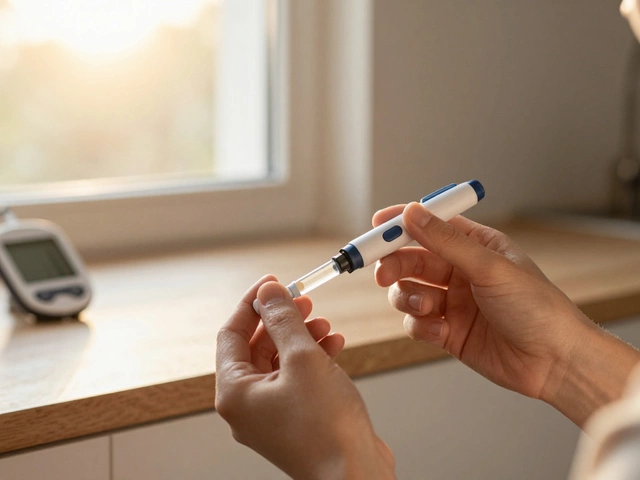Painkillers 101: What You Need to Know Before You Pop a Pill
Feeling sore after a workout or dealing with a nagging headache? Most of us reach for a painkiller without a second thought. But not all painkillers are created equal, and using the wrong one can backfire.
On this page we’ll break down the main types you’ll see on pharmacy shelves, flag the safety gotchas you should watch, and point you to a few deeper reads from Medical Resource Center India that dive into related topics like pharmacy risks and drug interactions.
Common Types of Painkillers
Acetaminophen (Paracetamol) – The go‑to for mild to moderate pain and fever. It’s easy on the stomach but can hurt your liver if you exceed 4 g a day, especially with alcohol.
Non‑steroidal anti‑inflammatory drugs (NSAIDs) – Includes ibuprofen, naproxen, and diclofenac. They tackle inflammation, so they’re great for joint aches or sports injuries. Watch out for stomach ulcers, high blood pressure, and kidney strain if you use them long‑term.
Opioids – Stronger meds like tramadol, codeine, or morphine reserved for severe pain. They carry a risk of dependence, constipation, and respiratory depression. Always follow a doctor’s tapering plan.
Topical analgesics – Creams or patches that deliver pain relief locally. They’re handy for muscle strains and usually cause fewer systemic side effects.
Each class works differently, so matching the drug to your pain source matters. For a sore knee after a jog, an NSAID might be better than acetaminophen. For a low‑grade fever, acetaminophen is often sufficient.
Safe Use and When to Seek Help
First, read the label. The dosage isn’t just a suggestion – it’s a safety limit. If you’re juggling multiple meds, check for overlapping ingredients. For example, many cold syrups already contain acetaminophen; taking an extra tablet could push you over the safe limit.
Second, consider your health background. Diabetes patients, for instance, should avoid NSAIDs that can interfere with blood sugar control – see our article “What Drugs Should Be Avoided in Diabetes?” for a deeper dive.
Third, think about where you get your meds. Mail‑order pharmacies can be convenient, but the “Mail‑Order Pharmacy Risks” piece explains why you need to verify sourcing and storage conditions.
If pain persists beyond a few days, worsens, or is accompanied by fever, swelling, or unusual bruising, it’s time to see a doctor. Persistent pain could signal an underlying issue that a simple pill won’t fix.
Lastly, store painkillers out of reach of kids and discard any that are expired or look discolored. A quick “flush‑or‑trash” check can prevent accidental poisoning.
By knowing the basics – what each painkiller does, how to use it safely, and when to get professional help – you can manage everyday aches without risking your health. Got more questions? Browse our tag archive for articles on related topics, from herbal liver support to safe driving after knee surgery.


